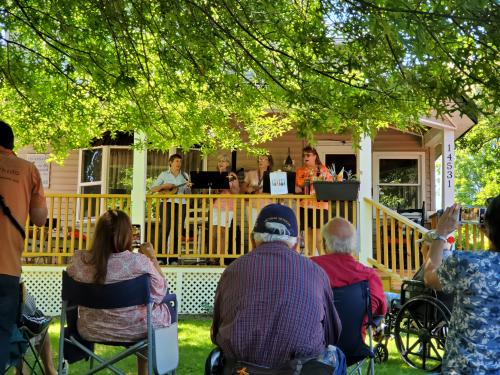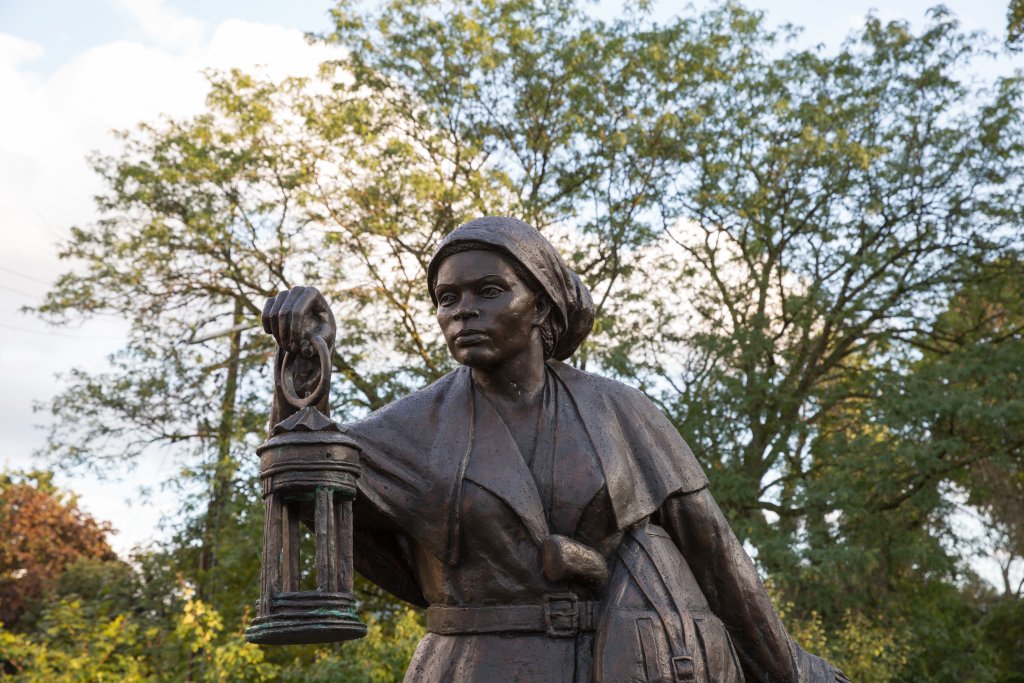Earth Month in Harriet Tubman’s Hometown
Earth Month in Harriet Tubman’s Hometown In her chosen hometown of Auburn, NY, Harriet Tubman had a great appreciation of her land where she owned and operated her own farm for almost 50 years. She raised pigs, grew vegetables and tended an orchard with apple, pear and peach trees. Understanding and…
Read More
